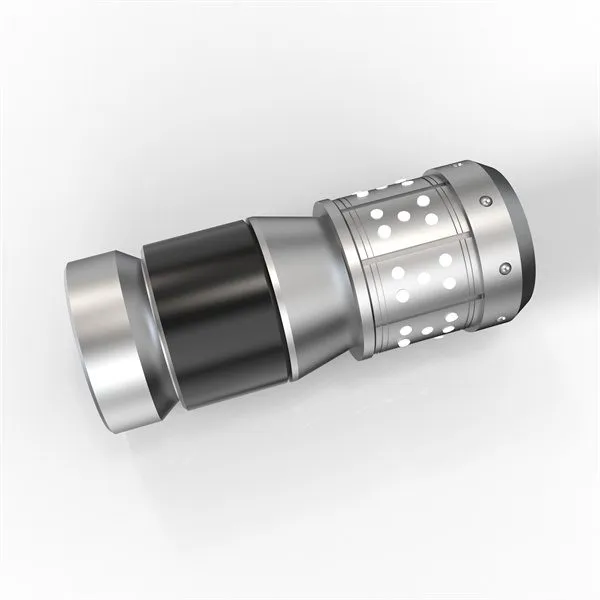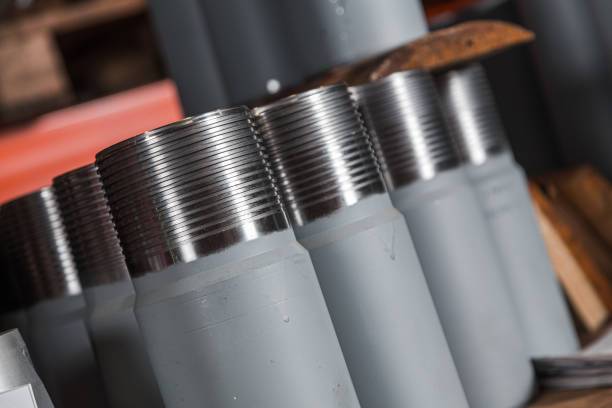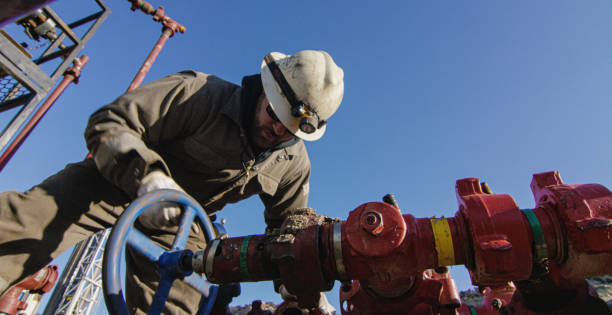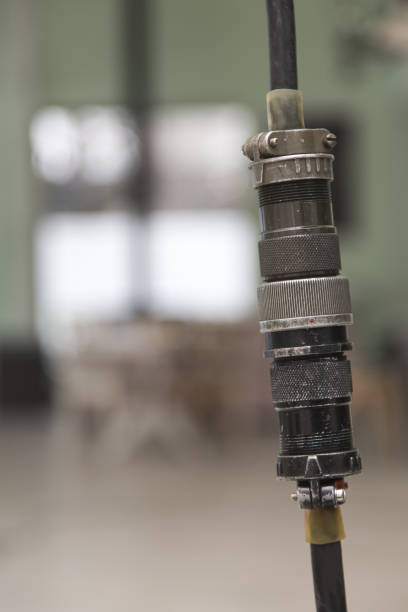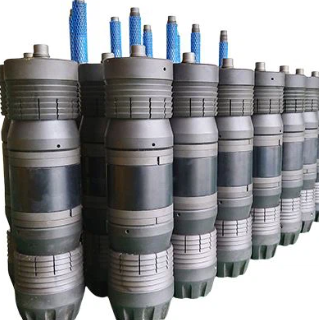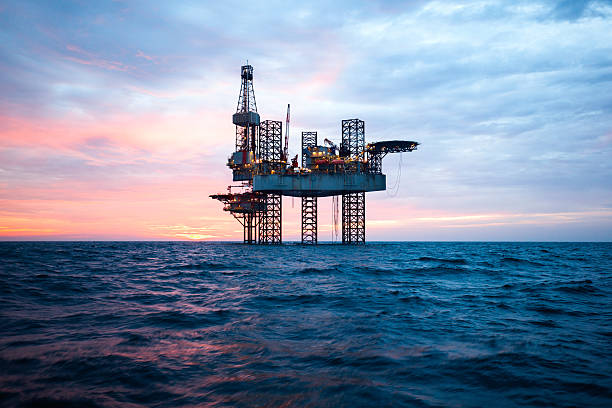Russian
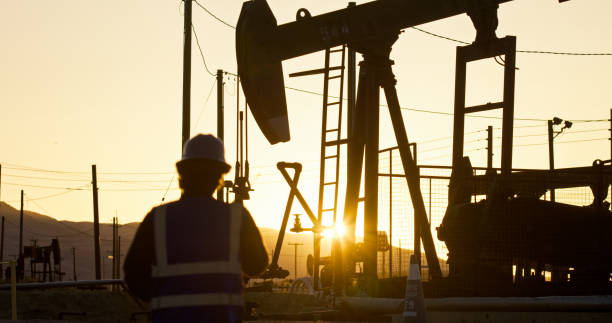
Oil field pump
Oil Field Pump The Unsung Workhorse Powering Hydrocarbon Production

While drilling rigs capture the spotlight, the true engine of sustained oil and gas recovery is the oil field pump . These critical pieces of artificial lift equipment take over when natural reservoir pressure declines, ensuring valuable hydrocarbons continue flowing to the surface efficiently and economically. Understanding the types, functions, and advancements in oil field pumping technology is essential for maximizing production and optimizing field operations.
Why Artificial Lift? The Need for Oil Field Pumps
Few reservoirs maintain sufficient natural pressure to push oil to the surface throughout their productive life. As pressure drops due to production, flow rates decline. This is where artificial lift (AL) systems, primarily driven by oil field pumps, become indispensable. They provide the necessary energy to:
- Overcome Reservoir Pressure Decline Lift fluids from the wellbore to the surface.
- Increase Production Rates Boost flow beyond what natural flow can achieve.
- Extend Well Life Enable economic production from mature fields.
- Handle Challenging Fluids Efficiently lift viscous oils, wells with high gas-oil ratios (GOR), or significant water cut.
- Maximize Recovery Access more of the reservoir’s original oil in place (OOIP). The Powerhouses Major Types of Oil Field Pumps
Choosing the right pump depends on well depth, production rate, fluid characteristics, economics, and operational preferences. The primary contenders are:
- Electrical Submersible Pumps (ESPs) The High-Volume Champions
How it Works A multi-stage centrifugal pump is deployed downhole , directly submerged in the production fluid. It’s powered by a downhole electric motor fed by a surface variable speed drive (VSD) via a specialized power cable.
Strengths
High Flow Rates Capable of handling thousands of barrels per day (BPD).
Efficiency Generally efficient across a wide operating range, especially with VSDs.
Flexibility VSDs allow easy adjustment to changing well conditions.
Suitable for Deep Wells Effective in deep, straight, or moderately deviated wells.
Weaknesses
Sensitivity Can be affected by sand, gas, scale, and high temperatures.
Installation/Workover Cost Requires a rig for deployment/retrieval; higher initial equipment cost.
Cable Vulnerability Power cable can be damaged during installation or operation.
Ideal For High-volume oil wells, water supply/injection wells, offshore applications. - Sucker Rod Pumps (SRPs / Beam Pumps) The Reliable Workhorse
How it Works The iconic “nodding donkey.” A surface pumping unit (prime mover) converts rotary motion into reciprocating motion. This moves a sucker rod string up and down inside the production tubing. The rods connect to a downhole plunger and barrel assembly that acts as a positive displacement pump.
Strengths
Robust & Simple Proven, reliable technology with straightforward mechanics.
Tolerant Handles sand, gas slugs, and viscous fluids relatively well.
Lower Initial Cost (Surface) Pumping unit cost is generally lower than ESP surface equipment.
Easy Monitoring Surface dynamometer cards provide rich diagnostic data.
Weaknesses
Depth/Rate Limitations Less efficient for very deep wells or extremely high volumes.
Rod Wear & Failures Rod/tubing wear and rod breaks are common failure points.
Surface Footprint Requires significant surface space for the pumping unit.
Limited Flexibility Adjusting production rate typically requires changing pump speed or stroke length mechanically.
Ideal For Medium-depth onshore wells, low-to-moderate production rates, viscous oils, gassy wells, stripper wells. - Progressive Cavity Pumps (PCPs) Masters of Viscosity and Solids
How it Works Features a single-helical steel rotor rotating inside a double-helical elastomeric stator. This creates sealed cavities that progress from the suction to discharge end, pushing fluid upwards. Driven by a surface motor via a rotating rod string or, less commonly, a downhole motor.
Strengths
Excellent for Viscous Oil & Emulsions Highly efficient with thick fluids.
Handles Solids Tolerates significant sand and solids content better than ESPs or SRPs.
Shear-Sensitive Fluids Gentle pumping action minimizes fluid emulsification.
Good Gas Handling Can handle moderate free gas.
Energy Efficient Often lower power consumption than SRPs for comparable lifts.
Weaknesses
Stator Life Elastomer can degrade with high temperatures, certain chemicals (aromatics, H2S), or excessive gas.
Depth/Temp Limits Stator performance limits depth and temperature applications.
Rod Rotation Rotating rod strings can cause tubing wear issues.
Ideal For Heavy oil, cold heavy oil production with sand (CHOPS), sand-laden wells, wells with high solids content, viscous emulsions. - Gas Lift Harnessing Reservoir Energy
How it Works Not a pump in the traditional sense. Compressed gas (usually produced gas) is injected down the annulus and into the production tubing through valves. This gas aerates the fluid column, reducing its density and allowing reservoir pressure to push the mixture to the surface.
Strengths
No Downhole Moving Parts Very reliable; minimal maintenance downhole.
Handles Variable Conditions Excellent for wells with fluctuating rates, high GOR, or sand.
Scalable Easily adjusted by changing injection rate or pressure.
Deep/Deviated Wells Suitable for complex well geometries.
Weaknesses
Requires Gas Source & Compression Needs reliable, clean gas and significant surface compression facilities (high CAPEX/OPEX).
Efficiency Can be less energy efficient than pumping if gas compression costs are high.
Corrosion Moist injected gas can cause corrosion.
Ideal For Offshore platforms (space efficient), high-GOR wells, deviated/horizontal wells, wells with fluctuating rates, fields with readily available gas. Beyond the Basics Key Components & Modern Advancements Downhole Components Pumps, motors (ESPs), gas lift valves, separators (for gas handling), sensors (pressure, temperature, vibration).
Surface Components Pumping units (SRP), drive heads (PCP), VSDs & control panels (ESP/PCP), gas compressors & manifolds (Gas Lift), wellhead connections.
Modern Innovations
Advanced Materials Corrosion-resistant alloys, high-temperature ESP motor oils, improved elastomers (PCP), wear-resistant coatings.
Digitalization & IoT Remote monitoring/control, real-time performance optimization using AI/ML, predictive maintenance analytics, downhole sensors transmitting pressure/temperature/vibration data.
VSD Pervasiveness Enabling precise speed control for ESPs and PCPs, improving efficiency and adaptability.
Hybrid Systems Combining techniques (e.g., Gas-Assisted PCP) for challenging conditions.
Cable-Deployed ESPs Reducing workover costs for retrieval/replacement. Selecting the Right Oil Field Pump Critical Factors
Choosing the optimal AL method requires careful analysis
- Well Characteristics Depth, deviation, casing/tubing size, wellbore condition.
- Reservoir Fluid Properties Oil viscosity, API gravity, GOR, water cut, sand/solid content, H2S/CO2 presence, temperature.
- Production Rates Current and forecasted volumes (oil, water, total liquid).
- Economics Capital expenditure (CAPEX – equipment, installation), operating expenditure (OPEX – power, maintenance, workovers), expected system life, operational efficiency.
- Field Infrastructure Availability of power (reliability, cost), gas (for Gas Lift), space constraints (offshore/onshore), workover rig availability.
- Operational Preferences & Expertise Operator familiarity and support capabilities for different systems. The Impact Why Efficient Pumping is Paramount
Effective oil field pumping directly influences
Production Optimization Maximizing sustainable flow rates and ultimate recovery.
Operational Efficiency Minimizing downtime, energy consumption, and maintenance costs.
Economic Viability Extending the profitable life of wells and entire fields.
Environmental Stewardship Reducing energy per barrel produced, minimizing leaks/spills through reliable equipment.
Safety Reliable systems reduce the need for frequent well interventions.Conclusion The Enduring Heartbeat of Production
Oil field pumps are far more than simple machines; they are the vital link between declining reservoir energy and sustained hydrocarbon delivery. From the ubiquitous nodding donkey to the sophisticated downhole ESP, each pump type offers unique advantages tailored to specific challenges. As fields mature and production environments grow more complex, continuous innovation in pump technology, materials, and digital control is crucial. Selecting, operating, and maintaining the right oil field pump system is fundamental to unlocking maximum value, ensuring operational efficiency, and securing the energy supply that powers the modern world. For any oil and gas producer, understanding and investing in these unsung workhorses remains a cornerstone of successful and responsible resource development.


